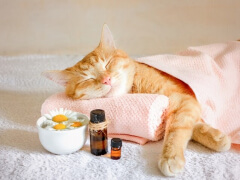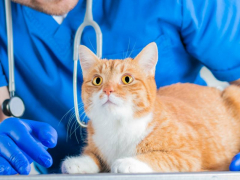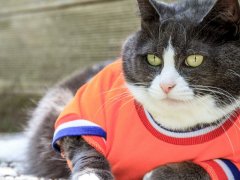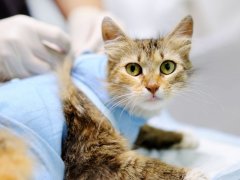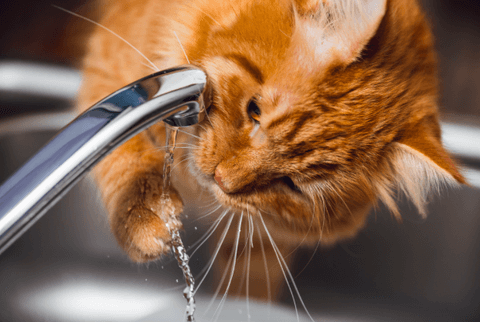
Most cat carers are good at monitoring how much their pets eat, but what about measuring how much they drink?
Measuring water consumption can be an effective way of gaining a better understanding of a cat’s health, but most cat carers don’t know enough about this topic to know the significance of the information they gain. This article aims to correct that, by delving into the topic of drinking water in detail.
Why Is Water Important for Cats?

Water is a critically important part of normal daily life and health. The body needs water for many reasons:
- Water enables the moisturising of air as it enters the body through the nose and mouth
- Water allows the continual hydration of internal and external body surfaces (mucous membranes on the inside, skin on the outside)
- Water is a key part of the composition of the blood as it flows around the body carrying nutrients and removing waste products at a cellular level
- Water is a key ingredient of faeces and urine as it removes waste products from the body
- Water is an essential part of many biochemical reactions all around the body, all the time
How Much Water Should a Cat Drink?
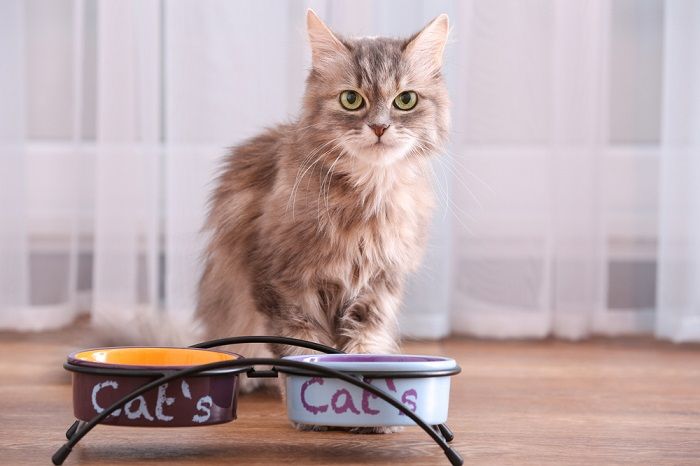
On average, a cat should consume around 60ml/kg fresh water per day, or 1 fluid ounce of water per one pound body weight. This means that a 4kg cat should have around 240ml water (or a 9 lb cat should have 9 fluid ounces of water).
However, it should be remembered that wet cat food can contain significant amounts of water: moist or wet food (tins and sachets) includes over 80 percent water.
So cats that eat moist food will be “drinking” significant amounts of water without going near the water bowl. The recommended amount of water only applies to cats that eat dry cat food. The type of food offered makes a huge difference when assessing this topic.
The truth is that it is very rare for cats to suffer adverse consequences from not drinking enough water. While there are some conditions where cats can benefit from drinking more water (e.g. urinary tract disease such as cystitis), a typical cat will always drink enough clean water to maintain normal good health. The amount drunk will nearly always equal the amount a cat needs.
The main reason to monitor water consumption is that excessive thirst can be a good indicator that a cat is suffering from an underlying illness that needs veterinary investigation.
Also Read: Top 7 Signs Your Cat Loves You
So we know that a healthy cat should not drink more than 100ml per kilogram body weight (so a 4kg cat should not drink more than 400ml per day).
If a cat is drinking more than this, then they should be taken to their local DVM veterinarian to be checked over. This is why it is so helpful to measure your cat’s water intake. This is especially important for older cats.
It is also helpful to monitor your cat’s urination in their litter box, so that you have some sense of your cat’s urine production, although it is not easy to accurately measure this.
How To Help Your Cat Drink More Water?
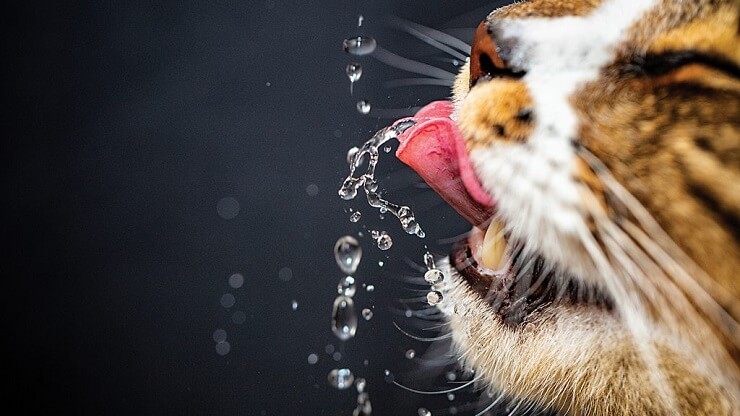
Feeding your cat a high-moisture diet is the best and easiest way to get them to drink more water.
The best way to encourage a cat to drink more water is to feed a moist food diet (sachets or tins) rather than dry food. Moist food is over 80% moisture, so cats that are fed this will “drink” more without going near their water bowl.
Read More: Wet vs. Dry Cat Food
Alternatively, other options to encourage additional water to be consumed include:
- Multiple water bowls. Cats are social creatures, and they do not always get on well with one another, so in a multiple cat household, one cat may deter another cat from drinking because they may dominate a water bowl. Having multiple bowls in different locations is one way to help this issue.
- Moving the location of the cat’s water bowl. Cats can be prevented from accessing their water bowl if the location of the bowl causes them stress (e.g. in a busy part of the house, or within eyesight of a window that allows a neighbor’s cat to stare at them)
- Cat water fountains. Some cats are attracted to moving or running water, and a water fountain may encourage cats to spend more time near a water source, and they may then drink more water. However, studies of water consumption of cats have failed to prove that this is, in fact, the case.
- Bottled water. Some people have hypothesised that cats may not drink tap water (from a faucet) because of its chemical composition, including chlorine, suggesting that if offered bottled water, they may drink more. However, this has not been proved and some types of bottled water may contain salts which do not suit cats well.
- Boiled water. The process of boiling water for fifteen minutes effectively removes chlorine from faucet water, so this is one way of ensuring that any possible taint of chlorine is removed.
- Leaving water sitting overnight can also be an effective way of removing chlorine.
- Ice cubes. In hot weather, the addition of ice cubes to a cat’s drinking bowl will cool the water down, which may make it more attractive to cats.
- Cat pheromones (e.g. Feline Friend) placed close to a water bowl may make the area more relaxing to a cat, encouraging fluid intake
Conclusion
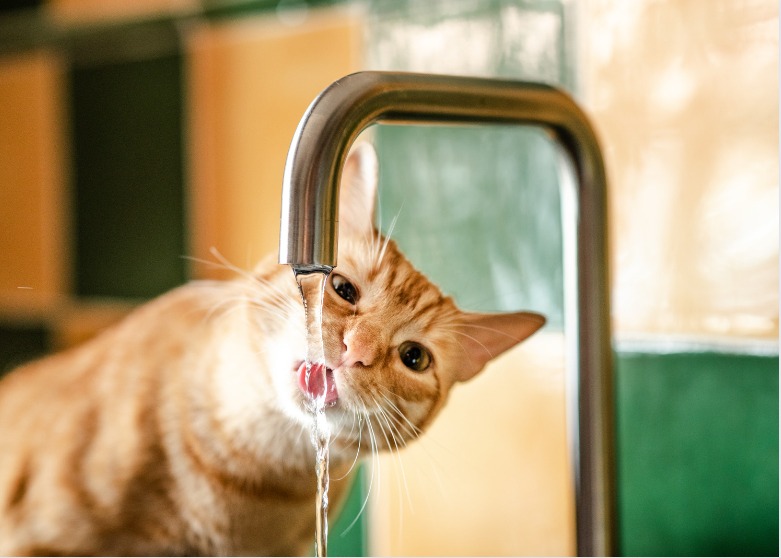
Did you know that monitoring your cat’s water intake can offer you key insights into their health and general wellness?
If you worry that your cat does not drink enough water, the simplest answer is to offer a moist diet (sachets or canned food) rather than dry kibble or biscuits. Other options, listed above, may be unlikely to make a significant difference to your cat’s water consumption.
Measuring how much your cat drinks is a useful way of monitoring their general health. It is easy to measure how much is in the water bowl in the morning, then remeasure the amount the following morning. You can then keep a daily record of your cat’s water consumption, which can be helpful information to pass on to your veterinarian.
